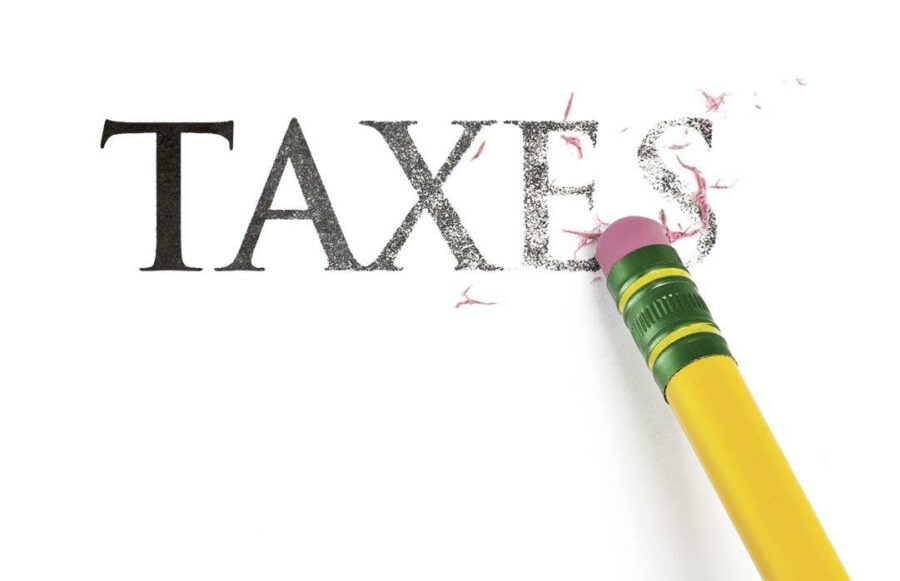Our Offices: Philadelphia, PA Moorestown, NJ

Tax relief and IRS settlement advertisements insinuate that you can settle your tax debt for “pennies on the dollar.” While this may be true in some cases, those advertisements do not set reasonable expectations for most clients. The IRS has a process called an “Offer-In-Compromise” (OIC) that allows them to collect what they determine to be the “reasonable collection potential” (RCP) amount. There are strict guidelines to getting into the program, and most delinquent taxpayers will not qualify. But many taxpayers may find savings or other relief through programs such as penalty abatement or an installment agreement.
The IRS will accept an OIC when it is unlikely that the tax liability can be collected in full and the amount offered reasonably reflects the collection potential. The program’s goal is to avoid lengthy installment agreements that push past the statute of limitations on collections, normally ten years. Given this, an OIC will last 24 months at most.
The OIC program has three separate categories: doubt as to liability, doubt as to collectability, and efficient tax administration. The advertisements you see are discussing the second category, doubt as to collectability. The rules for the program are very strict. The initial requirement is that the taxpayer is current with their taxes. This means the taxpayer has filed all required returns and has paid all of their current taxes for the past year as well as any estimated taxes due. If you are a W2 employee, you are likely up to date, but if you file quarterly estimated payments, those payments need to be sent to the IRS.
Once the taxpayer is current, counsel and the taxpayer need to evaluate the taxpayer’s economic situation and determine the best procedure to settle the tax debt. Whether someone is a candidate for an OIC depends on four things: (1) the amount of the tax liability; (2) their equity in their assets; (3) their income stream; and (4) the IRS’ allowable expenses. These calculations will serve to determine if the offer “reasonably reflects the collection potential.”
The IRS determines a reasonable collection potential using its own calculations, based on the taxpayer’s income versus their allowable expenses. The allowable expenses are housing, food, utilities, automotive costs, health insurance costs, and others. However, the IRS only allows the taxpayer a certain amount for each category, known as their “allowable standard”, which will vary based on location. If a taxpayer’s income is more than their expenses, the difference multiplied by the number of months it will take to repay the OIC amount, is included in the reasonable amount offered. For example, if a taxpayer has a monthly income of $3,000 and allowable expenses of $2,700, they have a monthly surplus of $300. Assuming the taxpayer is seeking the maximum repayment period, the income value of the RCP is $7,200 ($300 x 24 months)and the IRS will not accept anything less than that amount.
The income collection is not the only piece to the reasonable collection potential calculation.
The other part of the calculation is the taxpayer’s assets. The IRS wants to know how much the taxpayer could borrow against the property or sell the property for. This is generally determined by assessing the quick sale value of the property and reducing it by the amount of debt associated by the property. The quick sale value is 80% of the fair market price. For example, if the taxpayer owned a $200,000 home with a mortgage of $100,000,the quick sale value would be $160,000 and the taxpayer’s equity would be $60,000. The $60,000 is included in the RCP.
All of the taxpayer’s assets are included in the RCP. This includes bank accounts, cars, securities, life insurance, retirement funds, personal property, vehicles, and business interests. Each of these items comes with its own set of rules on how the RCP value is calculated.
For ease with our hypothetical tax payer, let’s assume they have no other assets except their income and home. They have $67,500 in RCP. If the taxpayer owes less than that amount, they are not an eligible candidate for OIC. If the taxpayer owes more, then they will need to prove their income expenses and debts before the IRS accepts the offer.
The OIC program is great if the taxpayer fits the requirements. The best fits are taxpayers whose home is under water and their income has been drastically reduced close to or below their allowable expenses. There are, however, many other programs available for taxpayers who do not meet the standards for OIC. For taxpayers with a clean tax payment record, the IRS even offers First Time Penalty Abatement. If you have not had a penalty in three years, you can call the IRS and they will waive your penalty. No lawyer or negotiator is needed.
Delinquent taxpayers may have tax issues stretching over a number of years which can be overwhelming. The attorneys at Leonard Sciolla can help review your case and place you in the right repayment option for your unique tax status. Call Robert Atkins at (215) 567-1530 or find us at www.leonardsciolla.com.












